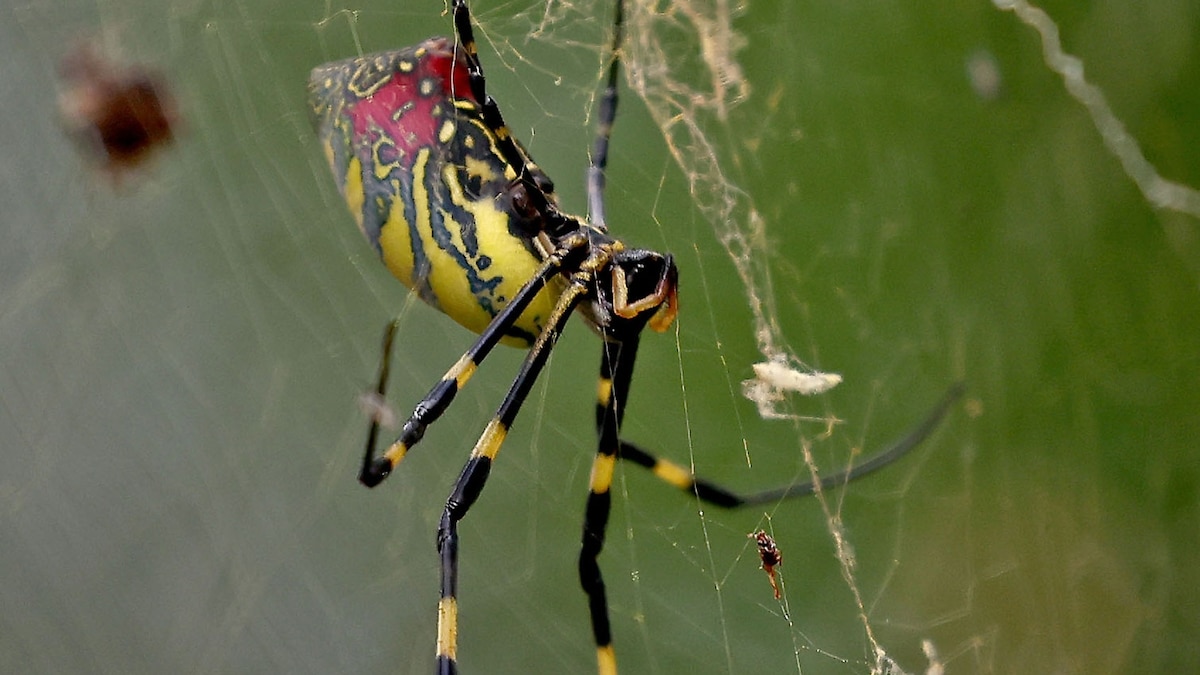Now Reading: Female Joro Spiders Exhibit Cannibalistic Tendencies
-
01
Female Joro Spiders Exhibit Cannibalistic Tendencies
Female Joro Spiders Exhibit Cannibalistic Tendencies

Quick Summary
- Invasive Species: Joro spiders,native to East Asia,were first detected in Georgia in 2014 and have been spreading across the eastern United States.
- Appearance: Female joro spiders are large and vividly colored-yellow and black-with legs long enough to fill the palm of a hand. They are harmless to people or pets but frequently enough perceived as intimidating.
- Behavior: New research observed uncharacteristic aggression between females of this typically shy species, including cannibalism under certain conditions.
– In lab settings (plastic containers), fights broke out 40% of the time between similarly sized females, while larger spiders sometimes lost combats against smaller ones.
– Field tests with webs showed only one fight among 14 encounters.
- Communal Living: Despite episodes of aggression, researchers suggest that vibrations within webs may help these spiders communicate peacefully when living close together.
- Ecological Impact Uncertain:
– Studies show mixed results regarding whether joro spiders are displacing native orb weavers or integrating into food webs by possibly preying on invasive pests like lanternflies.
– Local predators such as cardinals appear to be adapting by eating them.
Indian Opinion Analysis
The expanding presence of joro spiders underscores broader discussions about invasive species and thier unpredictability within ecosystems. As India grapples with its own challenges from invasives-such as lantana plants or African catfish-the research highlights crucial principles for ecological study: a need for measured evaluations over time before labeling an invader harmful or benign. The finding that predators like cardinals may naturally adjust their diets to include joros offers hope about biocontrol mechanisms balancing ecosystems organically without human intervention.
For IndiaS conservation scientists, such studies exemplify how local fauna could adapt to introduced species through unexpected predatory patterns-a phenomenon worth exploring domestically in contexts where invasives disrupt agricultural landscapes or biodiversity hotspots. Ultimately, patience and thorough inquiry should always precede judgments about ecological harm versus benefit.























